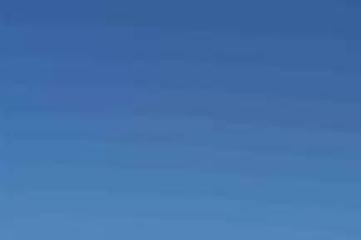
|
Digital Photography Tutorials |
Nikon Digital Photography TutorialBy Keith and Rebecca Snell |

|
JPEG vs RAW Since we have talked about JPEG vs “raw,” now is as good a time as any to talk about the differences between the two recording methods. The “raw” image or NEF (Nikon Electronic Format) is simply a recording of the light values as they came off the sensor. All of the processing on the image data is done after you have downloaded the data to your computer and opened the image in your raw converter. The camera doesn’t apply a tone curve, white balance adjustment or sharpening to raw images, it just stores your settings in the file header and the raw converter uses these as the default settings. You can adjust these settings later in the raw converter with no degradation in image quality. When you record a file in JPEG however, the camera must apply the tone curve, white balance and sharpening before it performs the JPEG compression on the image and writes it to the file.
JPEG compression works by dividing the image into 8x8 pixel blocks, converting the image into a color space defined by “luminance and chrominance” and then compressing the image data based on an analysis of each individual 8x8 pixel block. The effects of JPEG compression are that minor differences in color and brightness are lost, along with some finer detail in the image. Areas of the image that had gradual transitions in color and tone can become “posterized,” with no smooth transition from one color to the next.
|

|
There are several other potential drawbacks to using JPEG instead of raw. First, JPEG is a “lossy” compression algorithm, so each time the file is changed and resaved, additional data is lost due to “rounding,” and image quality degrades. The second drawback is that JPEG is an 8-bit format, as opposed to the 12-bit raw files used by the D70 and D100. The next section will talk about the potential drawbacks of working in an 8-bit format. |

|
Exaggerated example of “posterization” and banding in a blue sky, caused by high JPEG compression |
|
Spirit of Photography Keith and Rebecca Snell |